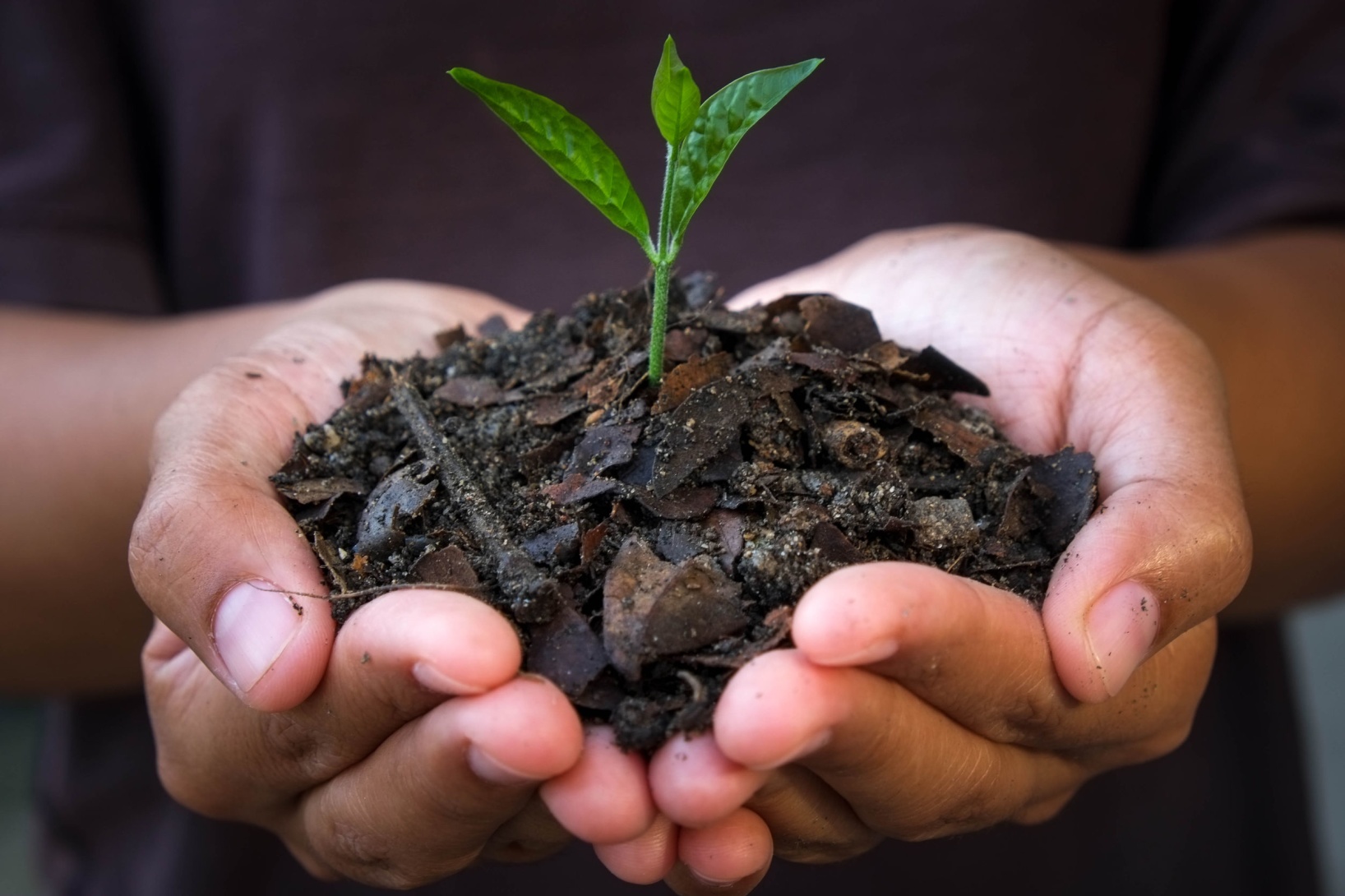The Carbon-Negative Materials list You NEED To Sky Rocket Your Business To The Next Level
Dear business owners,
I think we can agree that when you choose to integrate eco-friendly materials into your business operations, you feel confused.
Because of the choices out there, you are probably unsure what would fit into your operations the best.
Well, that is why in this post I will be sharing with you the Carbon-Negative Materials List.
I will go into detail about what these materials are and exactly where and why you should integrate them into your business operations.
Introduction
What Are Carbon Negative Materials?
Imagine materials that not only avoid contributing to the carbon problem but actively combat climate change by pulling carbon dioxide from the air. That's the magic of carbon-negative materials! These innovative substances have the potential to be game-changers in our fight against climate change.
How Do They Work?
There are two main ways these materials achieve their carbon-negative status. Some, like bioplastics made from plants, capture carbon during their growth. They then store it within themselves when used or decomposed. Others, such as certain types of concrete, can directly capture carbon dioxide from the air during their production process and permanently lock it away.
The Carbon-Negative Material List
1. Biochar:
What it is: Biochar is a charcoal-like substance created through the controlled burning of organic matter in an environment with limited oxygen. This process captures carbon dioxide within the biochar. Thus, preventing its release into the atmosphere.

Carbon negativity: Biochar is highly effective at sequestering carbon and can store it for millennia. Estimates suggest that biochar can offset emissions by up to 12 times its weight.
Business integration:
Agriculture: Adding biochar to soil enhances fertility and water retention while sequestering carbon. This application is beneficial for farms, landscaping companies, and golf courses.
Waste Management: Biochar can be produced from various waste streams, such as wood chippings or food scraps. Thus, diverting waste from landfills and turning it into a valuable resource.
Construction: Biochar can be used as an additive in concrete. This would reduce its carbon footprint and potentially make it carbon-negative.
2. Bamboo:
What it is: Bamboo is a fast-growing and versatile grass that can be used for construction materials, textiles, and more. It absorbs carbon dioxide significantly higher than most trees, acting as a natural carbon sink.

Carbon negativity: While estimates may vary, bamboo is generally considered carbon-negative due to its rapid growth and efficient carbon sequestration.
Business integration:
Construction: Bamboo can be used for flooring, furniture, cladding, and structural elements in buildings. This provides a sustainable alternative to traditional materials.
Textiles: Bamboo fibers create eco-friendly clothing, towels, and textiles. Thus, offering a greener option than cotton or synthetic fabrics.
Packaging: Bamboo can be utilized for sustainable packaging materials, replacing plastic and paper.
3. Enhanced Weathering:
What it is: Enhanced weathering is a technology involving spreading finely ground rock particles on land or ocean surfaces. These particles react with atmospheric carbon dioxide. Thus, converting it into stable carbonates locked away in the soil or ocean floor.

Carbon negativity: Enhanced weathering has the potential to remove significant amounts of carbon dioxide from the atmosphere, with estimates suggesting it could offset a quarter of current emissions.
Business integration:
Direct Investment: Companies can invest in research and development of enhanced weathering technologies to speed up their commercialization.
Carbon Offsetting: Businesses can buy carbon offsets generated through enhanced weathering projects, compensating for their emissions.
Advocacy: Companies can support policies and regulations that promote the deployment of enhanced weathering technologies.
Conclusion
Dive into the awesome worlds of biochar, bamboo, and enhanced weathering – picture this: turbocharging soil fertility with biochar in agriculture, rocking sustainable bamboo in construction and textiles, or unleashing enhanced weathering tech for epic carbon offsetting.
Your moves today are shaping a sustainable future, and we're giving you a standing ovation for spearheading the charge towards a carbon-negative business utopia. Cheers to a greener, more exciting tomorrow
If You Want To Know More About Carbon Negative Plastic:
Leading the Charge: How Carbon-Negative Brands are Transforming Industries
Unveiling Carbon-Negative Companies
Could Carbon-Negative Plastics Revolutionize Your Business's Sustainability?
Contact us
AirX is the world’s first carbon-negative bio-material made from coffee grounds manufacturer.
We specialize in producing bio-based composites using recycled carbohydrates derived from by-products such as coffee grounds, coconut husk, husk, and bamboo. Our goal is to promote sustainability through the use of eco-friendly materials.
We are always here to help and provide the best service possible. If you have any questions or want to receive advice and feedback from our sales staff, please do not hesitate to contact us. You can reach us through:
Whatsapp: +84 969 742 950
Email: [email protected]
We look forward to hearing from you!

